The modern hair typing system changed the game when celebrity stylist Andre Walker introduced it in the 1990s, allowing haircare enthusiasts to learn about the ins and outs of their hair. This has made it easier to build the right routine for your hair, as not every product and method is going to work for your unique strands. Understanding your hair type, porosity, and texture is critical for maintaining a strong and healthy mane. Type 4 hair is tightly coiled and has three subtypes, the most shrinkage and the least defined natural curls being type 4C. Knowing what works for you will help you advance on your natural hair journey.
Read More: The Different Types of Hair: How To Identify and Care For Each Type
The most curly hair type, 4C, is also the most delicate. Moisture and a light touch help these lovely, tight, voluminous coils flourish. 4c curls can be gorgeous, defined and manageable, with the right styling tools and products.
Here are some tips on how to tell if you have the 4C hair type and how to maintain those stunning curls.
What is 4C Hair?
The “Z” pattern coils of the 4C hair type are tightly wound and shrink by about 75% when compared to the length of the hair strand. Due to the coil’s tightness and density, the “Z” pattern can be challenging to distinguish.
And since 4C hair has the greater difficulty retaining moisture, it is also the driest of all curly hair types. This indicates that the 4C hair on your head is delicate, frizz-prone, and easily tangled or matted. A good hair care routine therefore requires finding the best 4C hair products to help nourish and moisturize your coils.
4C Hair Characteristics
4C hair has a common attribute of shrinkage, which is when hair appears shorter than it actually is. This can lead to coils getting tangled, but it is actually a sign that the curls are healthy and full of elasticity. Regular moisture and protection is all you need to keep them in check.
4C Hair vs. Other Hair Types
4C hair has less curl definition than other hair types, creating a dense afro look. Studying the hair typing system can help differentiate between 4C hair and other hair types. 4C hair has the smallest distance between the curls, making it the tightest curl pattern within the 4 category.
3A hair has defined curls, while 4C hair has less curl definition. 3B hair may have a combination of textures in addition to tighter curls, and 3C hair is sometimes confused with 4A hair. To distinguish the difference between 3C and 4A curls, it is important to note how the hair grows and falls. 4A hair has an even voluminosity across the head and retains moisture well, but it can still be prone to dryness.
4B and 4C hair are similar in shape, with the only difference being the density and coarseness. 4B hair has a less definitive curl pattern, but bends at a sharp angle.
How to Care for 4C Hair
4C curls are delicate and require extra tender loving care to stay healthy. With distinctive characteristics of 4C hair, which include shrinkage, a tight curl pattern, and a shaft that is prone to dryness, it is important to follow 4C hair care best practices.
Your strands will flourish with a regimen catered to your hair type.
Shampoo only on a regular basis.
The 4C hair type needs additional moisture because it is more prone to dryness than other curly hair types. The natural oils that keep your coils hydrated and healthy will be removed by over-washing. It is sufficient to shampoo just once every two to four weeks. Use a mild, hydrating, sulfate-free shampoo when necessary, and condition your hair both before and after cleansing to reduce tangling.
Moisturize, moisturize, moisturize
4c hair is naturally dry and when not properly moisturized, it becomes brittle, weak and can break, snap and feel like straw. To maintain a consistent moisturizing hair routine, use a moisturizing cleanser and conditioner, and reach for products rich in oils and butters to detangle hair, add shine and reduce frizz.
Try the LOC/LCO method
The 4C hair type has trouble retaining moisture, but by combining the right products in the right order, you can get fantastic results. The “L” in the LOC/LCO method stands for liquid conditioner, “C” for creme, and “O” for oil. Use a deeply hydrating cream or oil to seal in moisture and prevent frizz after misting your dry curls with a moisturizing leave-in conditioner.
Avoid heat.
Heat styling should only be done occasionally on 4C hair. Instead of using heat tools to control your frizz, turn to 4C hair products and styles that define your curls. There are numerous other heatless hairstyles to try.
Detangle on a regular basis
Detangling 4C hair can be difficult because it tangles easily and you want to avoid damaging your curls. 4C hair is more prone to tangling than other hair types because of its tight, zigzag curl pattern. Regular detangling can stop your hair from getting too tangled or matted. Use of a conditioning detangler, which helps soften and shields the hair from breakage during the process, is essential for successfully detangling 4C hair.
Deep condition frequently
Use a thick, intensely moisturizing conditioner in between washes to aid in softening and untangling tough coils – reducing split ends and promoting better hair health. Deep condition your hair with a nourishing hair mask or hot oil treatment at least once per week.
It’s crucial to understand the distinction between conditioning and deep conditioning, especially for hair types 4C. Deep conditioning is a 15–30 minute procedure in which a conditioning product is combined with heat or steam.
Protect hair overnight
It’s equally important to take care of your 4C curls at night as it is during the day. Invest in a silk or satin scarf or pillowcase to provide your hair with the care and protection it needs. By ensuring moisture is retained, you’ll be less likely to use heated appliances and additional products because your hair will already be gorgeously hydrated. Braid the hair in thick plaits for additional protection, as this prevents 4C coils from matting or tangling.
Hydrate from the inside out
Each and every cell in your body, including those parched strands, can be nourished and safeguarded with the aid of adequate hydration.
Get trims frequently
Regular salon visits will help you avoid breakage and split ends. 4c hair should be trimmed every six to eight weeks to maintain healthy ends and length. This will help to keep curls bouncy and defined, as well as retain length. Even though you may lose an inch or two, the end result will be longer, stronger hair.
Don’t neglect scalp care
Scalp care is essential for 4c curls, as healthy hair starts with a healthy scalp. To ensure a balanced scalp, incorporate routine scalp cleanses and add oil to keep it hydrated and free of itching and irritation.
The Best Haircuts and Styles for 4C Hair
When searching for the best cut for 4C hair, it is important to consider lifestyle and maintenance goals. Short cuts are ideal for those who want to ‘wash and go’ while longer styles require more time to maintain. If you want to fully embrace your curls and coils, go afros. You can also go for blunt bobs for this hair type.
A variety of protective styles can be maintained on 4C hair for extended periods of time. For 4C hair, halo and rounded shapes work well, as do braids, twists, and bantu knots. Twist-outs and braids help 4C hair become more manageable, encourage growth, and shield the hair from the environment. They appear stylish as well.
Shop Our Product Picks

CURLS Easy Glide Detangler Comb
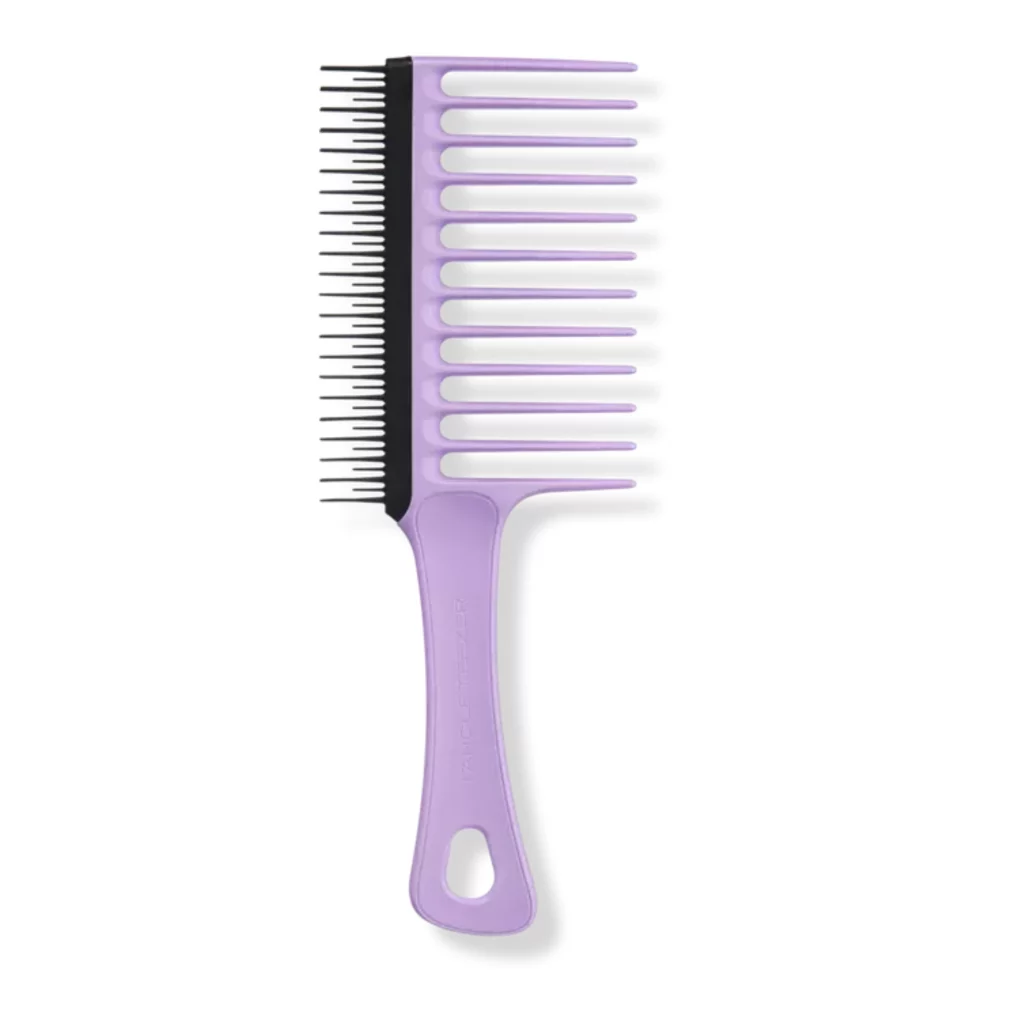
Tangle Teezer
The Wide Tooth Dual Sided Comb – Curly to Coily Hair

Charlotte Mensah
MANKETTI HAIR OIL
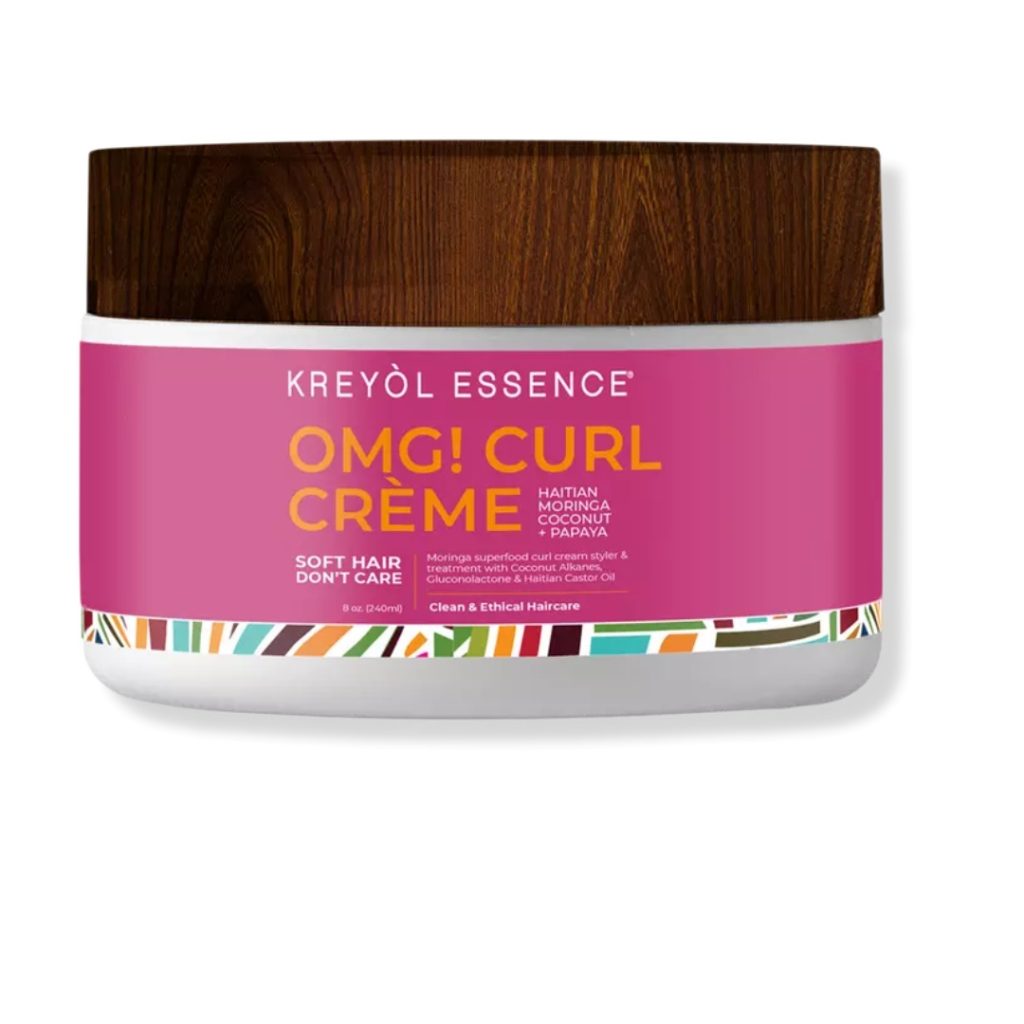
Kreyòl Essence
Soft Hair, Don’t Care Haitian Moringa Oil OMG Curl Crème
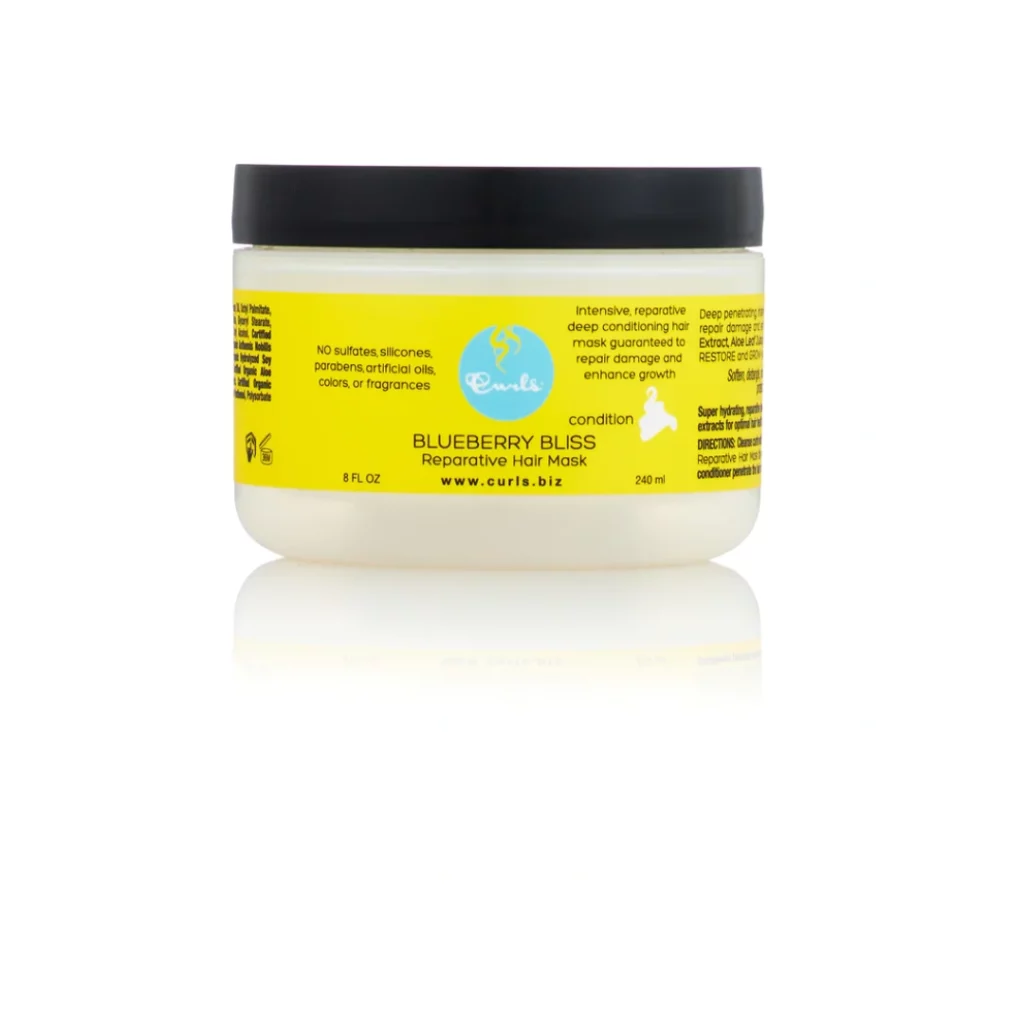
Curls
Blueberry Bliss Reparative Hair Mask
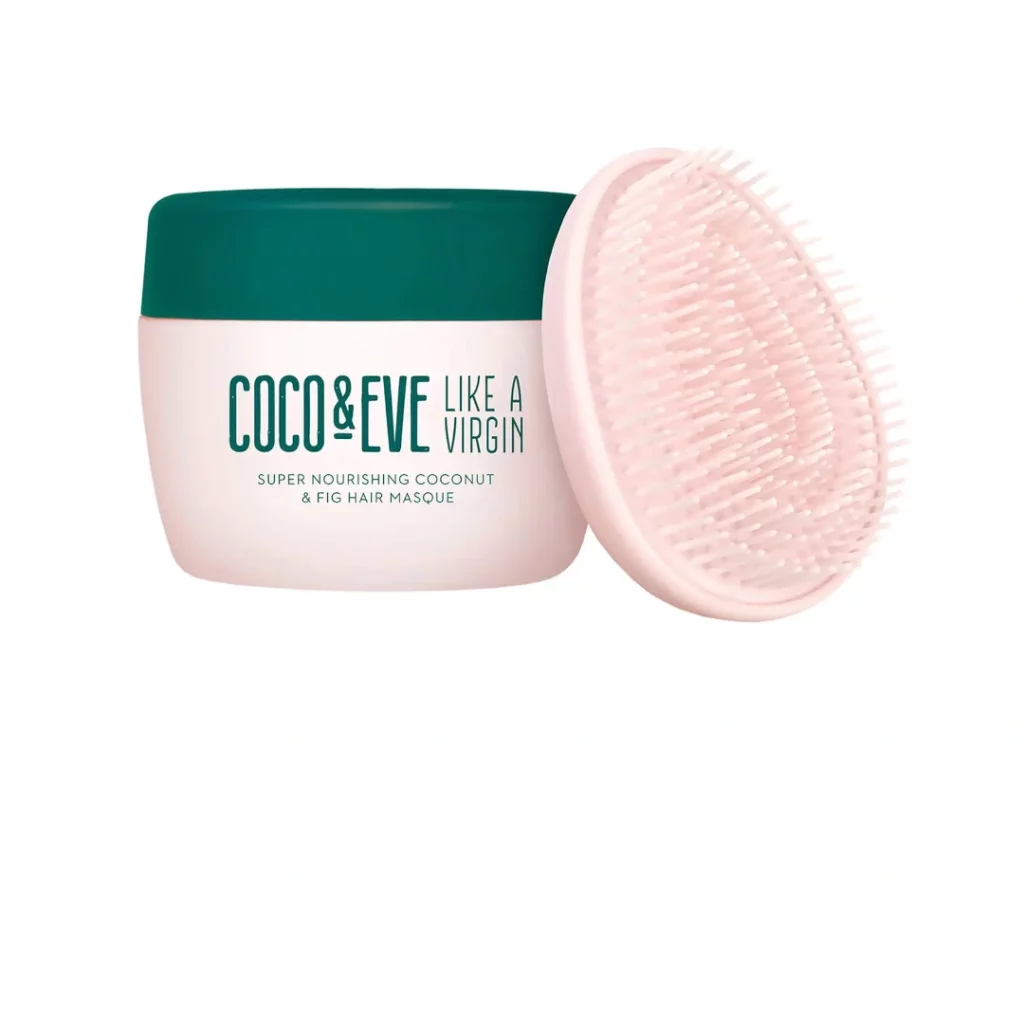
COCO & EVE SUPER NOURISHING COCONUT & FIG HAIR MASQUE 212ML
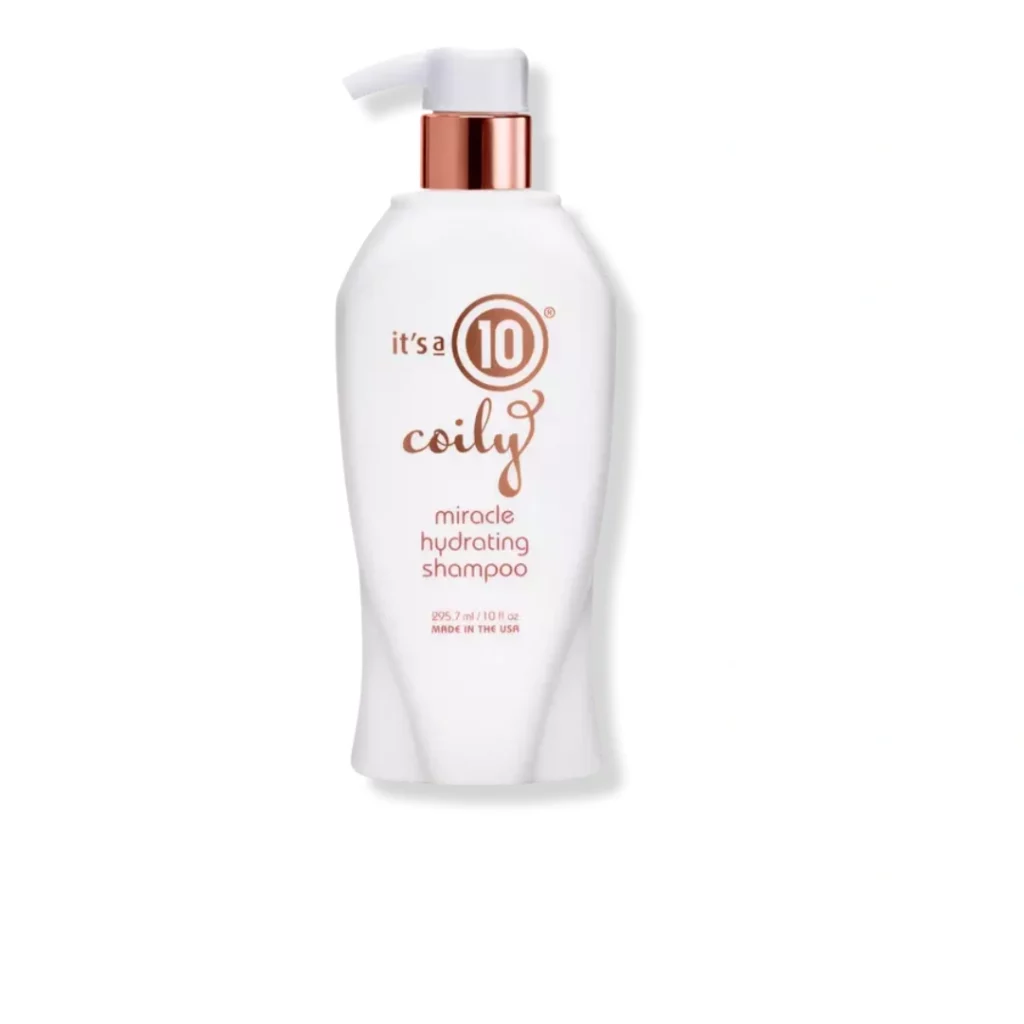
It’s A 10
Coily Miracle Hydrating Shampoo
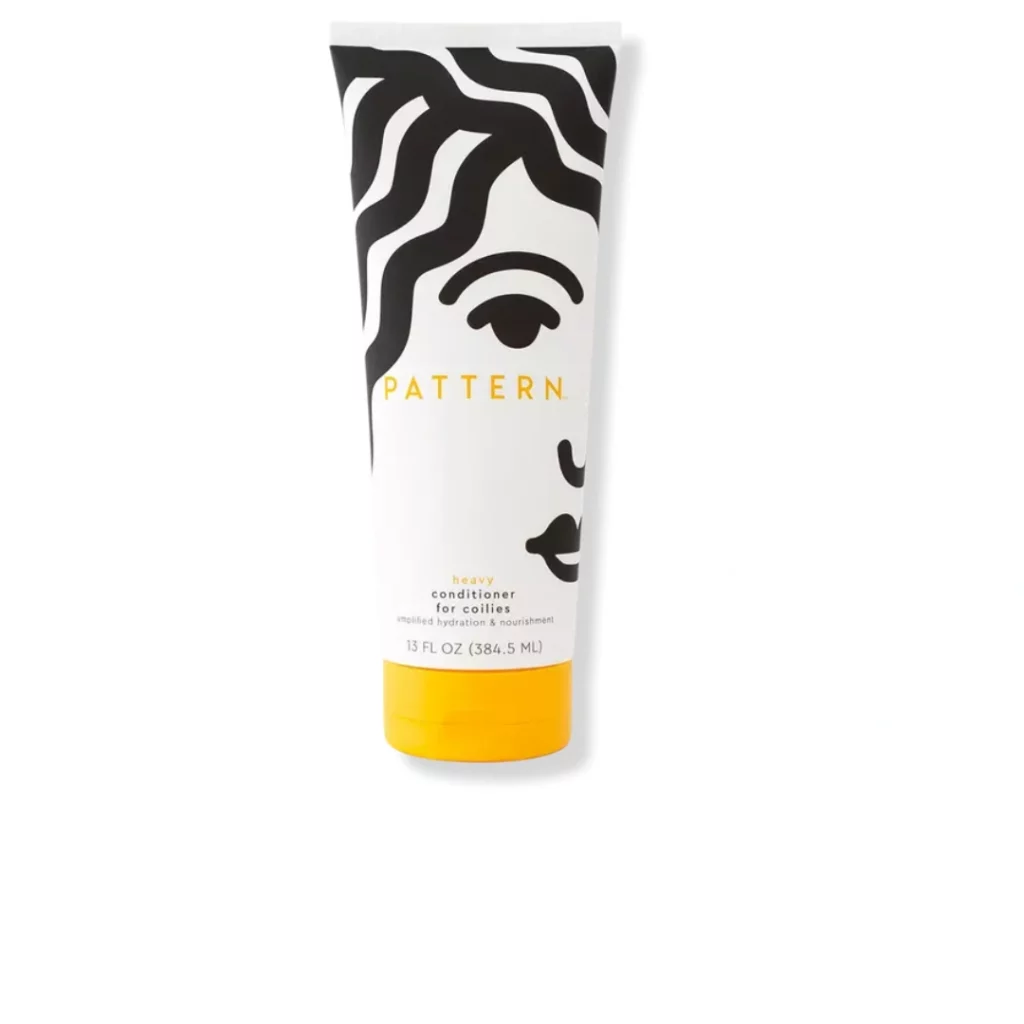
PATTERN
Heavy Conditioner For Coilies
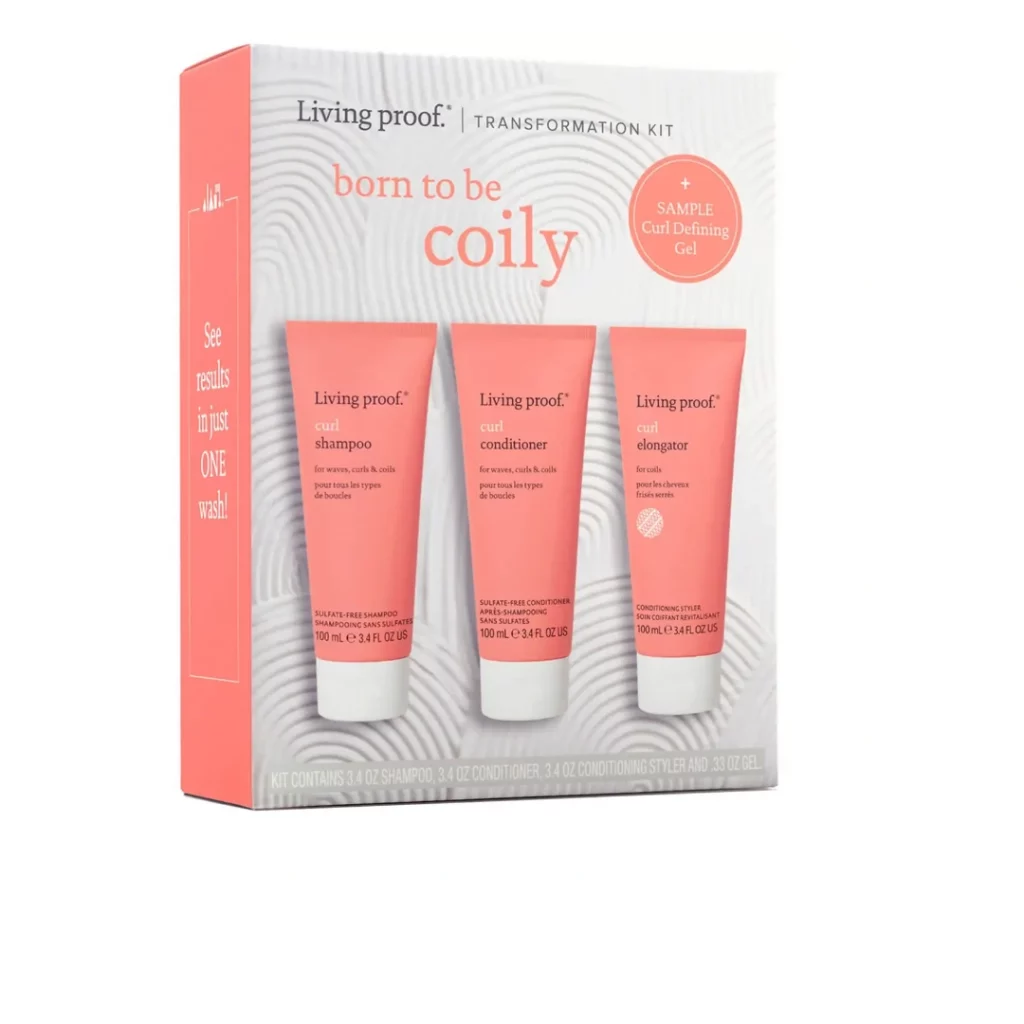
LIVING PROOF BORN TO BE COILY KIT
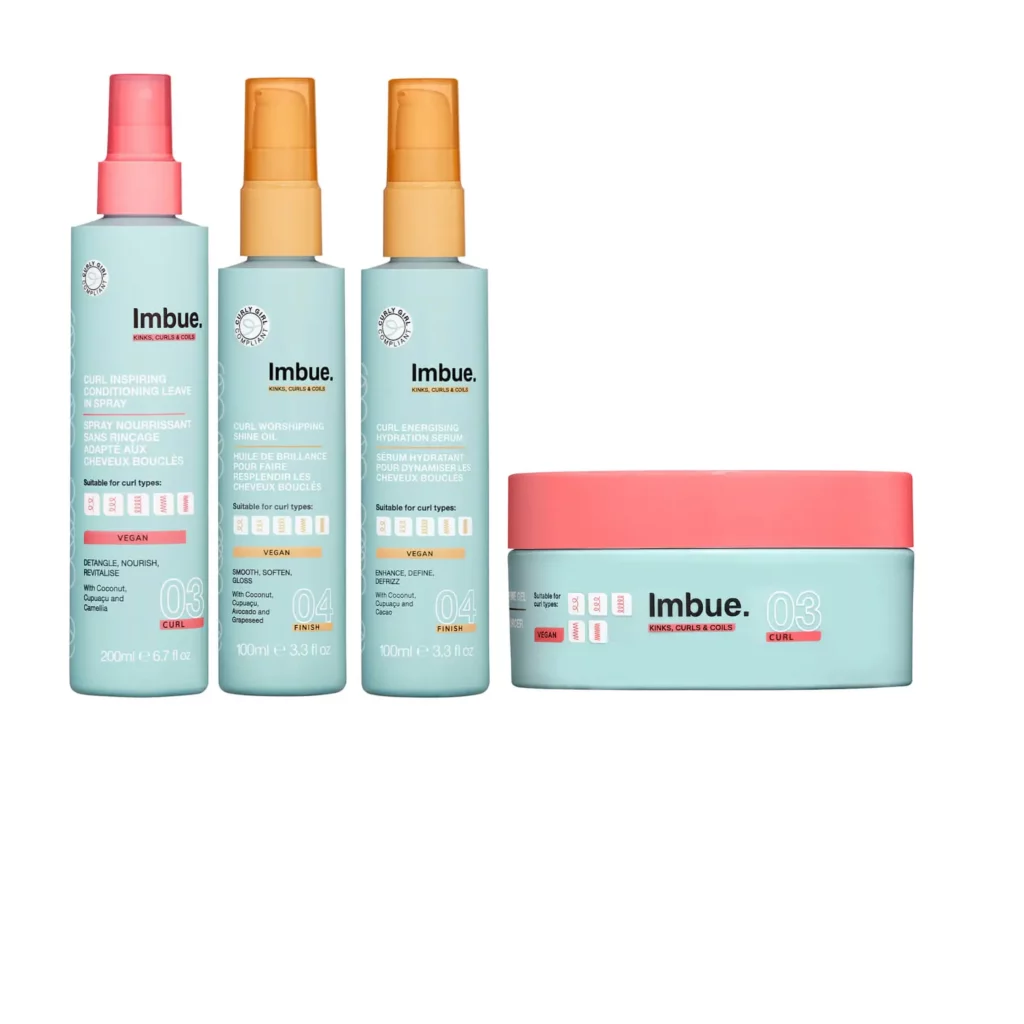
IMBUE DEFINE, STYLE AND FINISH BUNDLE

